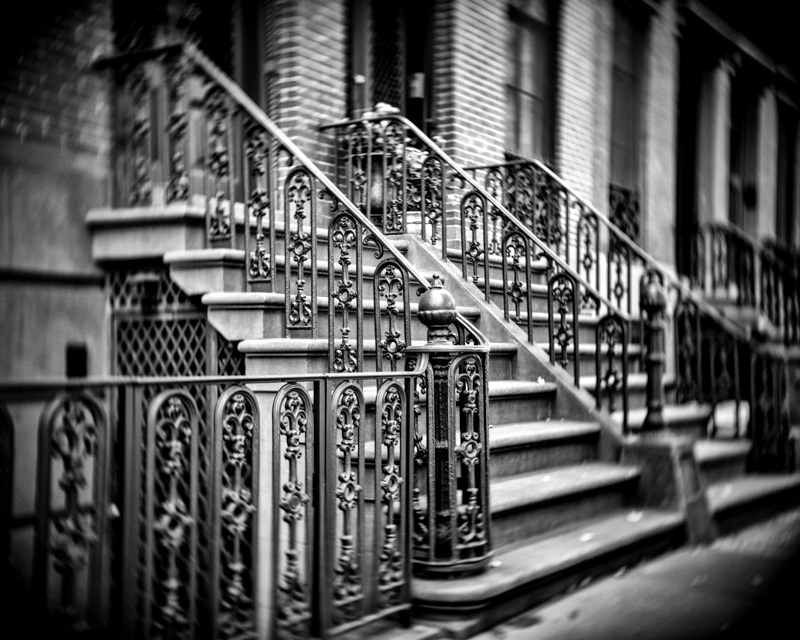
Greenwich Village was in the throes of economic hardship in the early days of the Great Depression. As described by author John Strausbaugh in his book, History of Greenwich Village, Greenwich Village is pockmarked by dozens of makeshift, shabbily appointed shelters and camps. Every resource, including food and water, was scarce. Already a deprived segment of residents, the artist community was hit especially hard. As Village artists sunk deeper in the relentless poverty, help was on the way from some of New York most notable humanitarians. Following is an interesting description from Strausbaugh:
“Eleanor Roosevelt, a New York native who would move to the Village after Franklin died, held two benefit fund-raisers for artists at Romany Marie Tavern, and Marie herself ladled out a lot of free soup and chorba to her artist friends throughout the decade. In 1932, Gertrude Whitney and other well-heeled art patrons formed the Artists’ Aid Committee and organized a twice-weekly annual Washington Square Outdoor Art Exhibit at which hundreds of downtown artists showed and hoped to sell their works for favor or ten bucks apiece. At the first event in the spring of 1932 a twenty-one-year-old named Jackson Pollock exhibited still very traditional pictures, his first public showing. He didn’t sell any.”
Early Jackson Pollocks for ten bucks! Time machine, anyone?
Thanks so much for stopping by. If you haven’t done so, please visit the Mystic Village Landing Page to read a brief summary of the Mystic Village concept and execution and how to purchase prints. You can also support the phenomenal preservation and educational work of the Greenwich Village Society for Historical Preservation, GVSHP. You can also support the fine work of the Washington Square Park Conservancy.